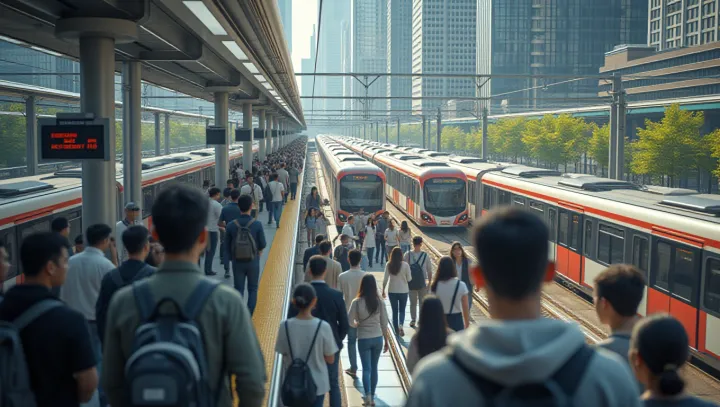Unveiling Transit Excellence

In bustling metropolises like New York, Tokyo, and London, public transportation stands as a lifeline, essential for the movement of millions every day. The efficacy of these systems is not merely a matter of punctuality or speed but also depends on a nexus of design, accessibility, and integration within the urban framework. Experts emphasize that a successful public transport system hinges on comprehensive planning and investment.
'Efficient transportation reflects city health and sustainability,' notes Dr. Emily Carter, a leading urban planner. She underscores the importance of seamless connectivity between different transport modes, which reduces congestion and augments user experience.
Infrastructure alone cannot determine success. Public transit's efficacy also rests on affordability and reliability, ensuring equitable access for all residents. Tokyo's metro is famed for its punctuality, while New York's subway continuously innovates to enhance coverage and frequency, responding to fluctuating urban dynamics.
In a world increasingly focused on reducing carbon footprints, public transportation offers a greener alternative to personal vehicles. This sustainable advantage is critical, as cities worldwide grapple with environmental challenges. Ensuring public transit systems are both green and efficient could redefine urban mobility.
The future of effective public transport lies in integrating technology with traditional infrastructures. From real-time tracking to digital payment solutions, innovative tools are essential for managing capacity and improving user engagement, which reaffirms the transit system's commitment to excellence.
